Vintage Bits: FTL — Faster Than Light
In the grand scheme of computer gaming history, where significant people, games, and companies from bygone eras still to this day earn fame and fortune, FTL might really be one of the ’80s gamings unsung heroes – with its short lifespan, and the way it faded into the dusty corners of history after only a handful of releases.
Though it may seem like the story of FTL is almost entirely the story of Dungeon Master, an earlier game, originally for the Apple II, showed the level which FTL was able to perform on.
FTL
FTL Games (Faster Than Light) was started by Wayne Holder in 1982 as a games development division under his software company Software Heaven. Holder had been developing software tools to help assist writers fr some time, but a conversation in 1982 with an old friend from college, Bruce Webster, would be the spark that ignited FTL. Webster was a dedicated player and amateur game designer. He’d written columns for both The Space Gamer and Computer Gaming World and owned a large number of sci-fi/role-playing board games.
Sundog: Frozen Legacy
Webster and Holder co-designed FTL’s first release, SunDog: Frozen Legacy, a space trading, combat and exploration/adventure game with CRPG character mechanics, first released for the Apple II in the spring of 1984.
SunDog starts out with you onboard the star-freighter the Sundog, a ship left to you by your unknown uncle, along with the ship is also his last contract; to make deliveries to a religious colony on the planet of Jondd.
Your mission is to pick up goods for the colony to help it grow. Every so often you’ll also find members of the colony frozen in cold sleep, or “cryogens” (thus the name of the game) on various planets. When you deliver everything and the colony is fully grown, the ship is yours to keep. Of course the task isn’t easy. For one thing, you have no idea where the colony is, and your first job is to find it. Another problem is that the SunDog is in need of repair, and you’re broke.
Webster did almost all of the programming for the Apple II version, a daunting task for a game of this complexity.
The Apple II release of Sundog published by Accolade
The game would use a layered windowing system called ZoomAction. Inspired by the Apple Lisa user interface, it was a unique and a technical achievement for its time. The scalable interface used a series of expanding and contracting views – something we would see years later in games like Sim City.
Webster, with the possibility of another project of this caliber, resigned from FTL after the release of version 2.0. To fill the hole Holder brought in Doug Bell and Andy Jaros, who would end up enhancing the game’s graphics for the upcoming release for the new 16-bit Atari ST computer.
While the Apple II version wasn’t a big commercial success, the Atari ST version, released in 1985, would become the best selling title in the computer’s first year.
Sundog: Frozen Legacy was picked, at the time, as one of the 15 best computer games of all times by Popular Computing.
Sundog was supposed to be a trilogy, but when Webster left these sequels never materialized.
The enhanced Atari ST version of Sundog
Oids
Released in 1987 for the Atari ST, Oids is probably the least known of FTL’s titles. While it didn’t feature any real groundbreaking mechanics or deep gameplay, it did receive great reviews. The arcade 2D sci-fi shooter played like many of the arcade titles of the era, with similarities to games like Choplifter and Asteroids.
Dan Hewitt did all the programming, game-art, sound effects, and even wrote and illustrated the manual.
Hewitt went on to work for SSI and later Electronic Arts.
The original 1987 release of Oids for the Atari ST
Crystal Dragon
Bringing Bell and Jaros in-house created FTL’s new core. The initial plan was to finish up Crystal Dragon, a CPRG the two developers had been working on before their time at FTL.
Crystal Dragon almost immediately proved a more complex project than Holder had anticipated and probably had hoped for. Bell and Jaros had lots of ideas, but not all of them were practical or even doable on the aging Apple II platform.
Crystal Dragon was inspired by Ultima and Wizardry but instead of the stale evolution both games saw after their first release, Crystal Dragon was intended to be a new revolution in the CRPG genre. But Bell and Jaros quickly found themselves facing a problem known to many other 8-bit CRPG developers: it just wasn’t obvious how to really improve on the Ultima or Wizardry formula on such limited hardware.
When Atari at the beginning of 1985 announced the new Atari ST 16-bit home computer, Holder decided that this new power platform could be the way to overcome earlier 8-bit limitations. Crystal Dragon was put on hold while Sundog was ported to the ST.
With Sundog released and out of the way, FTL would have the time and resources to re-engineer Crystal Dragon from the ground up, switching from coding in Pascal to C (which was the ST native programming language), and giving it a new name, Dungeon Master.
Dungeon Master would sway away from the old school turn-based approach and become a real-time CPRG, and by utilizing the ST’s mouse support you would be able to interact with the world and its items.
Dungeon Master
With the new user interface and mouse support, the gameplay would end up particularly enjoyable – from the real-time 3D pseudo perspective, the logical spell system, to the intuitive way the player used the mouse to directly manipulate items, and the truly complex and innovative game under the hood presented in a simple and elegant way. To this day we still see some great technical achievements in game concepts in Dungeon Master, but very often they were side-by-side with somewhat questionable design.
FTL’s original plan was to make the game available in time for Christmas 1986. When that slipped FTL, afraid that the pre-release hype would slowly fade, regularly demonstrated progress to different ST user groups. Dungeon Master became the most hotly anticipated piece of vaporware in ST circles for months on end.
Dungeon Master and its expansion set Chaos Strikes Back
After more than two years in development and a thorough beta testing phase, the game was finally released in America right before the Christmas 1987. The most anticipated ST game in history was finally out, and even without a loud and far reached advertising campaign it was instantly popular. In fact it was so popular that it sold out almost everywhere, making itching gamers wait for weeks for stocks to fill.
The commercial success was not only in North America but also in Europe and especially in Japan.
Dungeon Master went on to become the ST’s best selling product of all time. It was eventually ported to over a dozen platforms in six languages.
Dungeon Master and its expansion set Chaos Strikes Back for the Japanese PC-9801
system. The franchise went on to become hugely popular in Japan.
Dungeon Master – Chaos Strikes Back and Beyond
In 1989 an expansion set to Dungeon Master was released. It featured a more non-linear approach, with choices of paths that twist back and forth. The puzzles were far more complex, often demanding quick mastery of the control system to deal with intense combat, along with brain riddles and room layouts.
The new expansion set didn’t require the original game and with a lot of new things happening design and gameplay-wise, it was seen as more of a sequel.
Poster for Dungeon Master II: The Legend of Skullkeep, from FTL and Interplay
Chaos Strikes Back didn’t see an IBM/PC release, which might seem a bit strange since it was skyrocketing as a viable gaming platform in the late ’80s.
- Dungeon Master II – The Legend of Skullkeep was at first only released in Japan, in December 1993. The first English language version was released in 1994 for the Sega CD. After many delays, the US and European versions for Macintosh, PC, and Amiga were released by Interplay Productions in 1995 and 1996.
- Dungeon Master Nexus was a Dungeon Master sequel released only in Japan and only for the Sega Saturn console. The game used a true 3D graphics engine and consisted of 15 levels.
- Theron’s Quest was an adaptation of Dungeon Master for the TurboGrafx / PC Engine console. The Japanese version was released in 1992 and the year after an English version was released in the US.
FTL might be synonymous with Dungeon Master – their most popular and most successful game, a game that would end up spawning numerous of “copycats,” a game that holds the honor of being the first, and many would say still the best, true first-person real-time RPG. BUt FTL had already, with Sundog, showed that they mastered the art of creating and designing games that featured deep and engaging gameplay, and technical achievements that reached beyond its time.
Against the odds with only a handful of titles, FTL made a solid name for themselves, creating some near-perfect games. And while they gained critical acclaim and won numerous awards, it seems that never superseded FTL’s short lifetime. Somehow, today, it seems, for the mainstream gaming world, that FTL has faded into oblivion.
Still to this day their games hold up remarkably well, and are still great fun, and challenging, to play.
This post was originally published at the Retro365 Blog. Copyright 2019 by Ernst Krogtoft.
Ernst Krogtoft lives in Copenhagen. He was an avid gamer in the ’80s. His father worked for IBM; they always had multiple systems at home, and Ernst became fascinated with the games and the technology at an early age. He’s been collecting vintage computer software for almost 20 years, focusing on titles from 1978 to 1994. Today he sees himself as more of a vintage games curator, taking care of earlier titles, and writing the stories of the people behind the games, and of a forgotten time. His blog retro35.blog is where he writes about his collection.
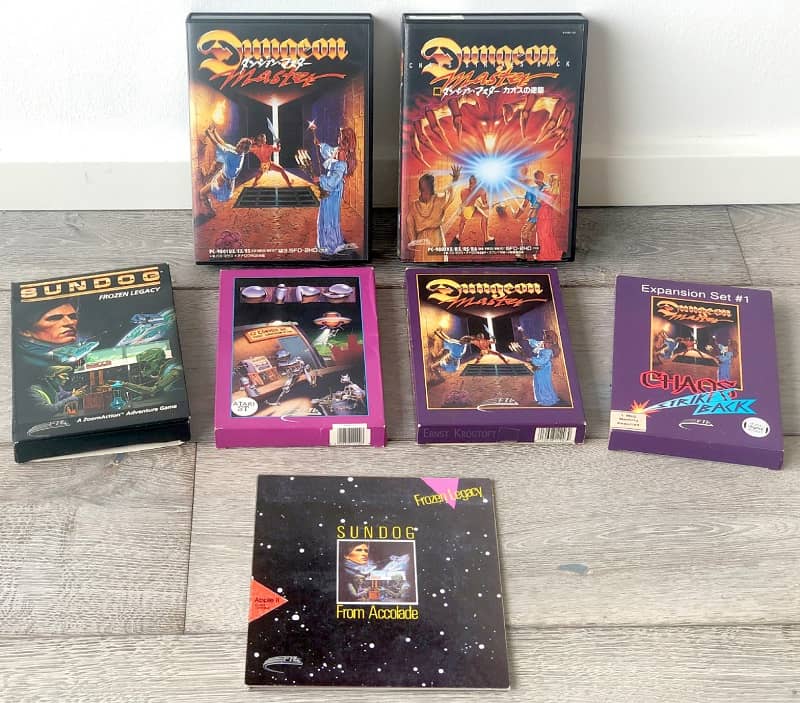
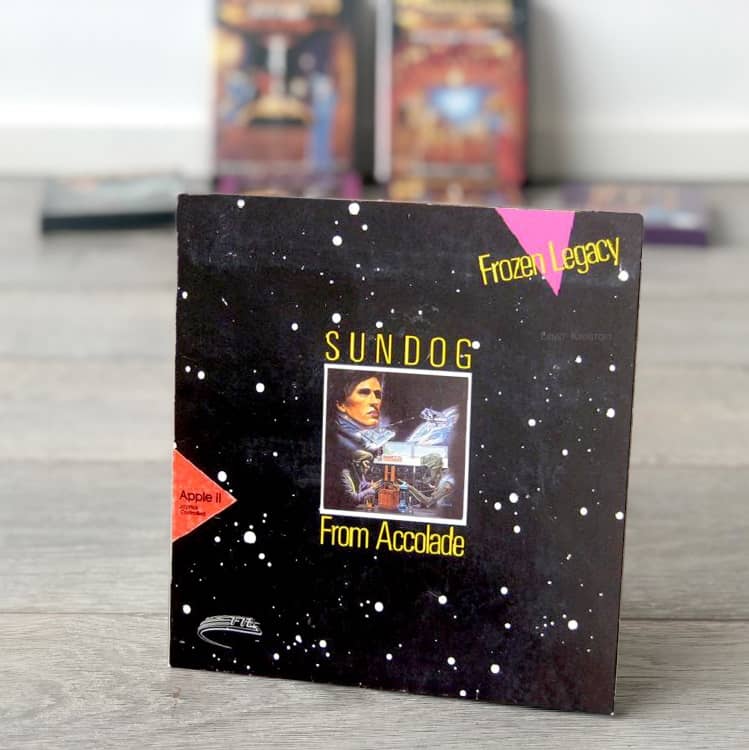
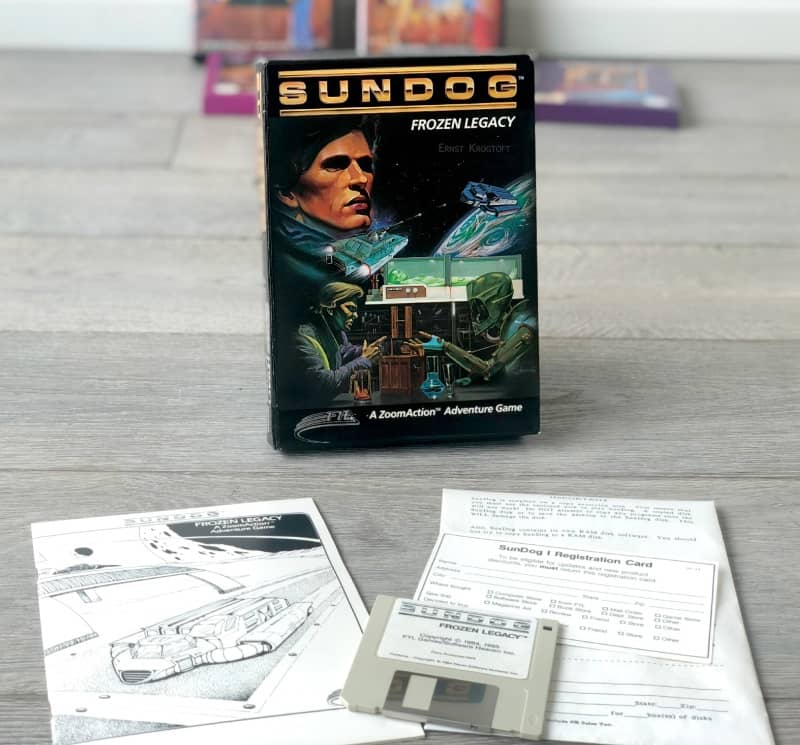
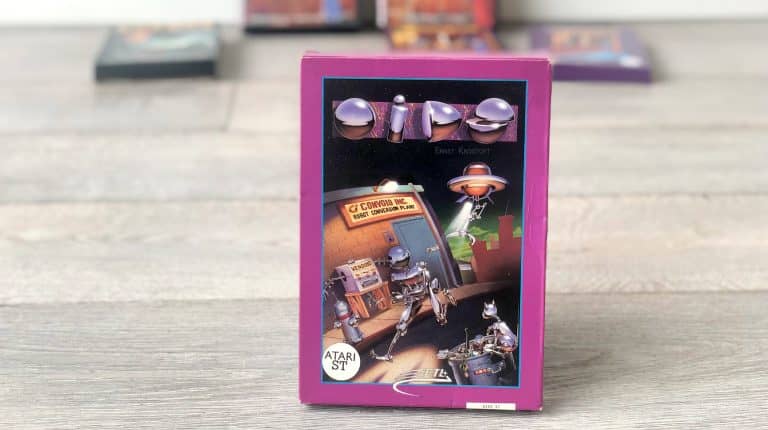
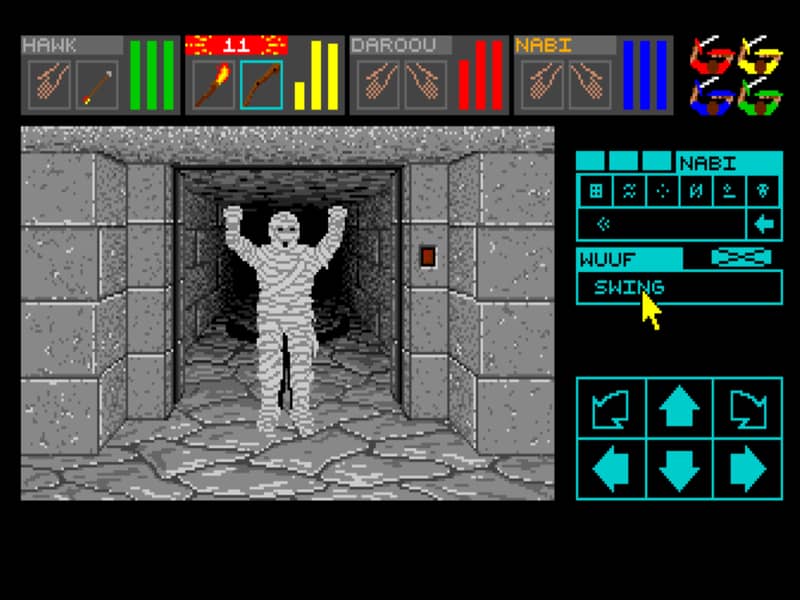
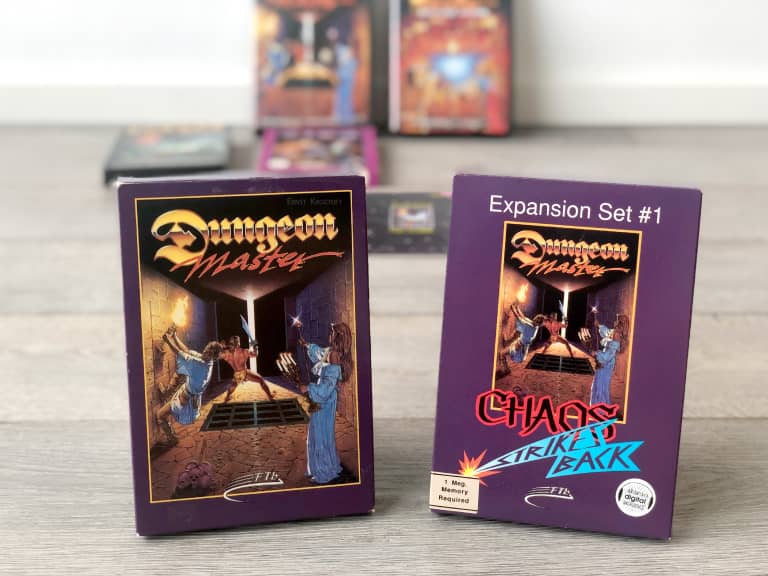
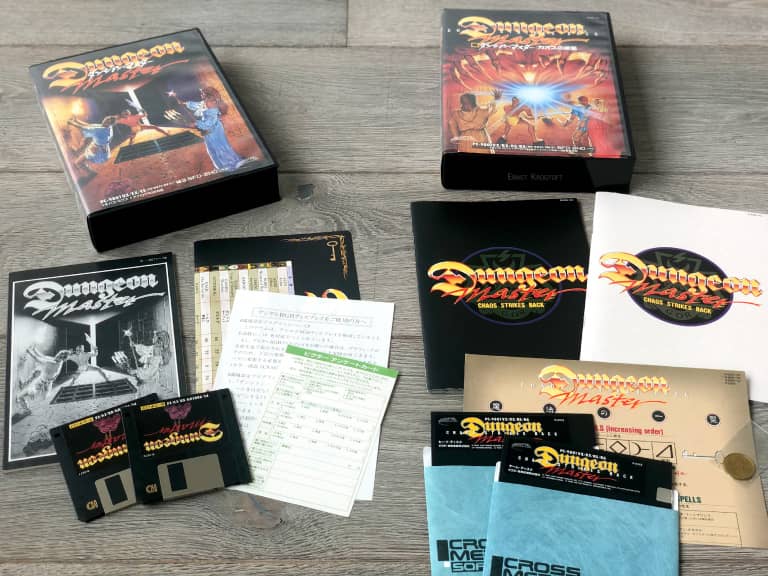
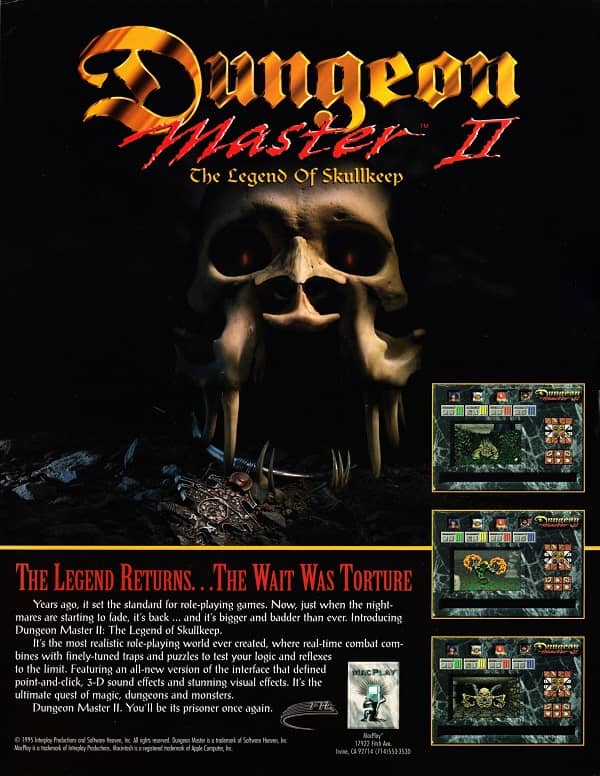
I LOVED Dungeon Master!!!!!!
I had an Atari ST. I loved FTL.
I played Sundog, Oids and Dungeon Master.
Oids was a lot of fun. If I remember right it felt like a cross between Lunar Lander and Asteroids.
Dungeon Master blew me away. I couldn’t believe how much game was on one single side disk which may have been 360 that when uncompressed had like a megabyte of data.
It great puzzles and challenging fights and good graphics for the time.
It is probably my favorite computer game ever.
Ah, I have great memories of SUNDOG from the mid-80s. We played it with almost no idea what was going on. I don’t know how many attempts to go into hyperspace ended with disaster before we figured out that we were constantly being attacked by space pirates!
I also recall that we were constantly trying to get money. And one of the best ways to get money was to land on a planet and trade city to city, and as a money saving step we wouldn’t go back into orbit to go to other cities (pirates and fuel!), we’d drive the explorer–AND DIE. Finally figured out that we were starving to death because driving across the planet only took a minute on the screen, but was weeks in-game. So whatever cargo room we had left we started to load it up with food. We’d stuff food in our pockets.
Good times. We got the colony almost entirely built, but I don’t think we ever finished the game itself… I’ve looked into finding it for my laptop, but have yet to pull the trigger on it.